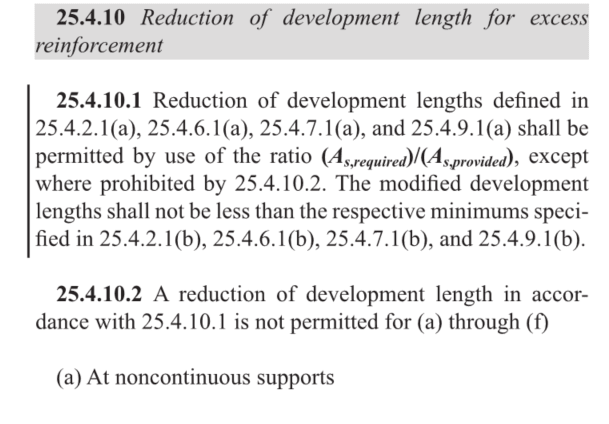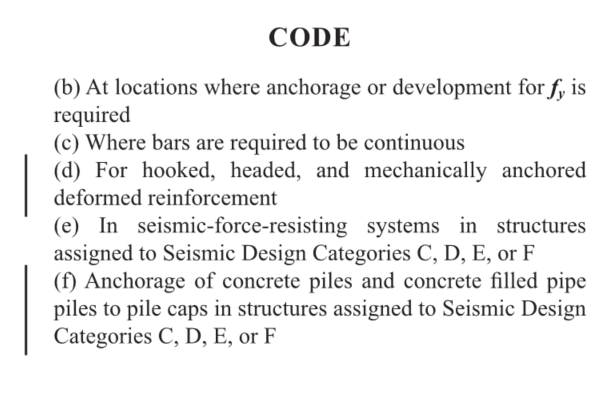Philanthrop60
Structural
- Mar 13, 2022
- 1
ACI 318-19 25.4.10.2 lists the cases where a reduction of development length for excess of reinforcement is prohibited. I'm wondering if any of these conditions is applicable to retaining walls. For example, can Ldh be reduced for Areq / Aprov? It seems that the answer would be "No" if the wall is in a seismic area. What about if the wall is not in a seismic area? Can the hook length Ldh at the base be reduced for the excess of reinforcement? Note that this will affect the footing thickness. Thank you.



![[wink] [wink] [wink]](/data/assets/smilies/wink.gif)